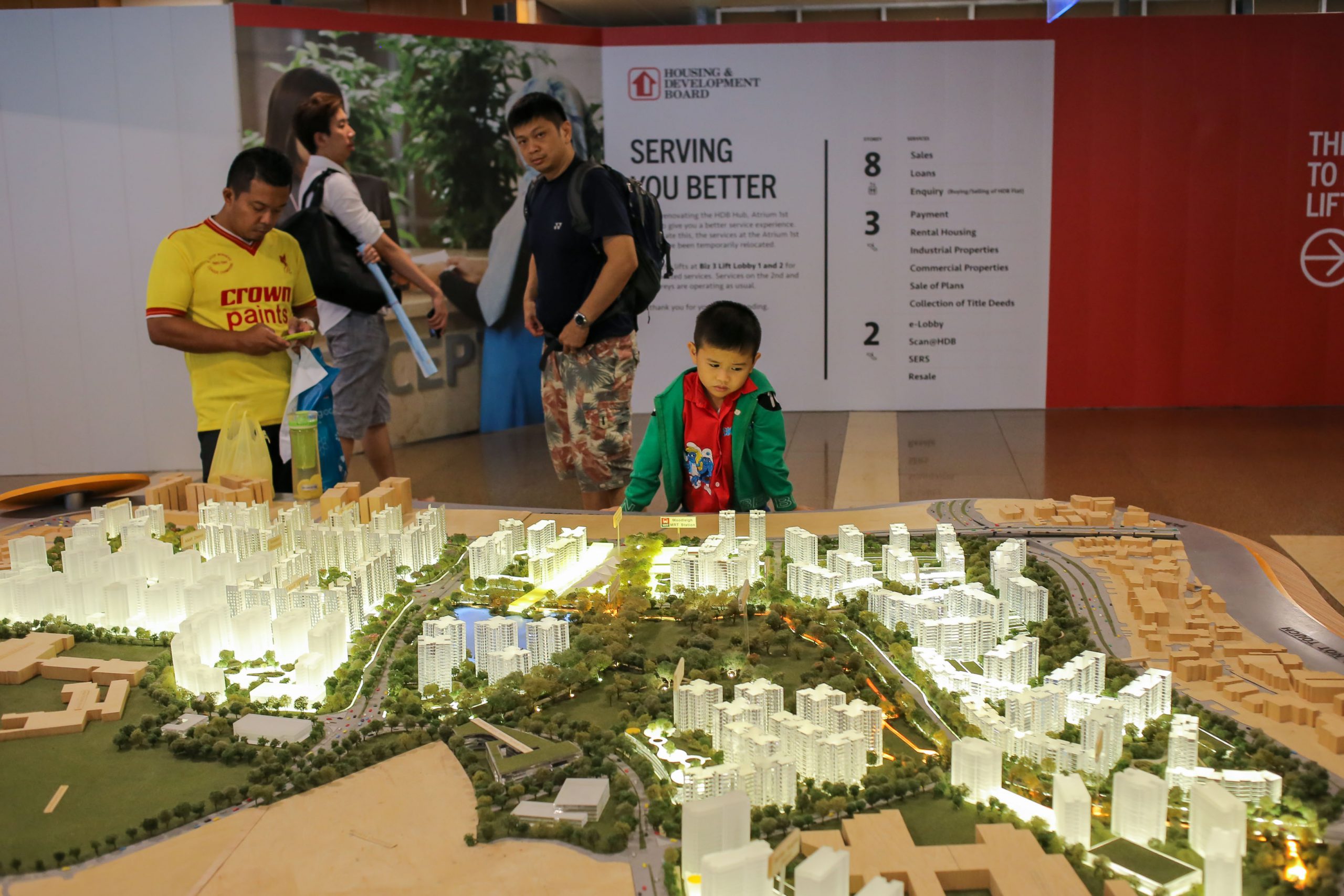No one left homeless: Universal provision of housing in Singapore
October 10, 2023

World Homeless Day is marked every 10th of October and reminds us of the hardships faced by people who experience homelessness in our local communities.
In Singapore, 90 percent of citizens and permanent residents live in high-rise flats provided by the Housing and Development Board (HDB), the government public housing authority. Public housing home ownership has become the norm and is generally viewed as an ‘entitlement’ of Singaporeans. For all but the top 10 to 15 percent of income households, HDB is effectively the only source for housing.
In ‘No one less homeless: Universal provision of housing in Singapore’ (in Housing Policy, Wellbeing and Social Development in Asia (2018)), Professor Chua Beng Huat and Meisen Wong (NUS Department of Sociology and Anthropology) explore the effects that the expansion of public housing home ownership has had on the social and economic development of Singapore. From obvious physical improvements in housing and environmental conditions, to less perceptible improvements on individual and public health conditions, to improvements on employment and wealth creation, home ownership can be said to have played a huge role in the early economic success of Singapore.
Firstly, home ownership compelled individuals to take on regular formal employment, improving their financial conditions and thus improving productivity at work. Subsidized home ownership enabled the government to keep wages relatively low, making Singapore attractive for foreign capital investment, and contributed to capital accumulation. Unlike other Asian developed economies, public housing home ownership could easily be secured and stood as less of an obstacle towards marriage and family formation. The affordability of home ownership in Singapore thus demonstrated the trustworthiness of the People’s Action Party (PAP) in making good on its promise to improve the material lives of citizens, which contributed greatly to its legitimacy as the incumbent government.
In the first four decades of rapid economic development, the market value of public housing correspondingly increased. However, as the Singapore economy entered slow growth, wages stagnated, and the cost of living rose, groups of Singaporeans such as newly formed young families and older households from the lower-income strata came to be excluded from public housing home ownership. Consequently, the PAP suffered its greatest losses in both popular votes and parliamentary seats in the 2011 general election.
Chua and Wong note the various measures taken which have stemmed the rise of the housing prices temporarily, from new grants and schemes to the expansion of public rental housing. They argue that the linkage between public housing home ownership and retirement funding is the primary underlying reason for housing price increase. However, the government is unlikely to reduce the prices of new flats since doing so would hurt the financial position of all owners of existing public housing flats and destroy national capital accumulated through housing. Additionally, though the expansion of rental housing for low-income households has reduced the overt stigma of homelessness, it does not address the structural conditions that produce poverty. Incidences of homelessness have also not decreased. Therefore, deeper reforms are necessary to address the rising inequality in Singapore, to which the inflationary housing market is a significant contributing factor.
Read the chapter here.
